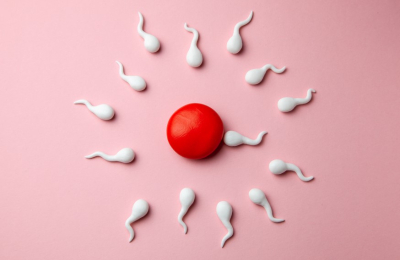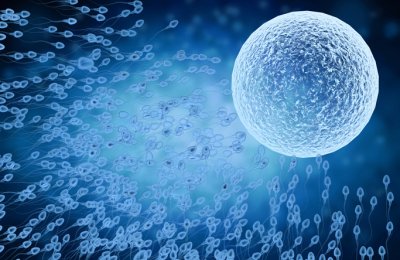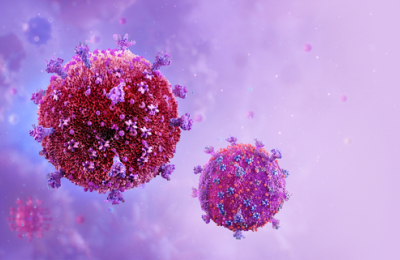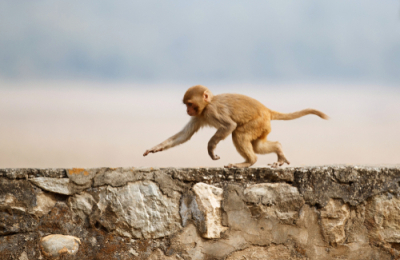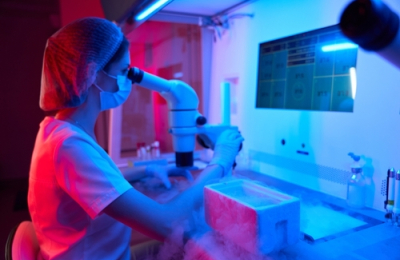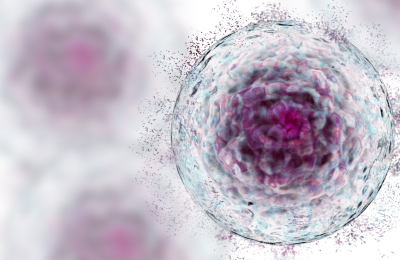
A chimeric monkey has been created using embryonic stem cells with two different sets of genes, a new study has demonstrated...
Chimerism is a phenomenon where an organism features two or more sets of cells with different genomes. This can occur naturally in animals – including humans – but it is rare. Chimeras are useful for studying embryo development but previous efforts to engineer chimeric animals have only been successful in mice and rats, this study is the first to demonstrate significant chimerism in primates.
'In this study, we have provided strong evidence that naïve monkey pluripotent stem cells possess the capability of differentiating in vivo into all the various tissues composing a monkey body,' co-author Professor Miguel Esteban from the University of Chinese Academy of Sciences, Guangzhou, China told Nature.
Researchers used stem cells obtained from the embryonic tissue of cynomolgus monkeys, a type of macaque commonly used in genetics research because of their similarity to humans.
A gene for a green fluorescent protein was inserted into the genomes of stem cells, which were then injected into macaque embryos grown for around four days in vitro. Of 74 such embryos transferred into female macaques, 12 pregnancies were established, resulting in six live births. Only one of the macaques born carried the donor cell line.
This male macaque exhibited organs with a mixture of both sets of cells, including green eyes and fingertips, demonstrating tissues featuring a high proportion of cells derived from the injected stem cells.
Publishing their results in Cell, the authors analysed 26 different tissues, showing that donor cells accounted for 21 to 92 percent of the constituent cells, with an average incidence of 67 percent.
Previously engineered chimeric animals often exhibited low frequencies of the injected set of stem cells.
'We have a very high level of contribution, with the donor cells forming a big part of the tissues (and) complex structures all over the monkey body.' said Professor Mu-Ming Poo, study co-author and scientific director of the Institute of Neuroscience at the Chinese Academy of Sciences.
The researchers hope that developing a chimeric monkey model will facilitate research on neurological conditions such a motor neurone disease, but the chimeric macaque was euthanised after ten days due to respiratory issues coupled with hypothermia.
'The health of the monkey is still a problem,' Professor Poo told the Independent. 'If we want to produce a monkey model, we have to have a better chimera that can live longer.'
By Dr Semyon Bodian for Bio News - https://www.progress.org.uk/chimeric-primate-created-using-embryonic-stem-cells-is-born/





















